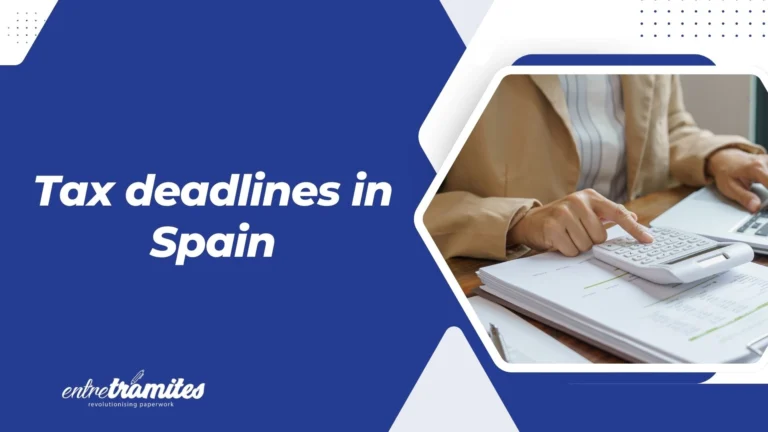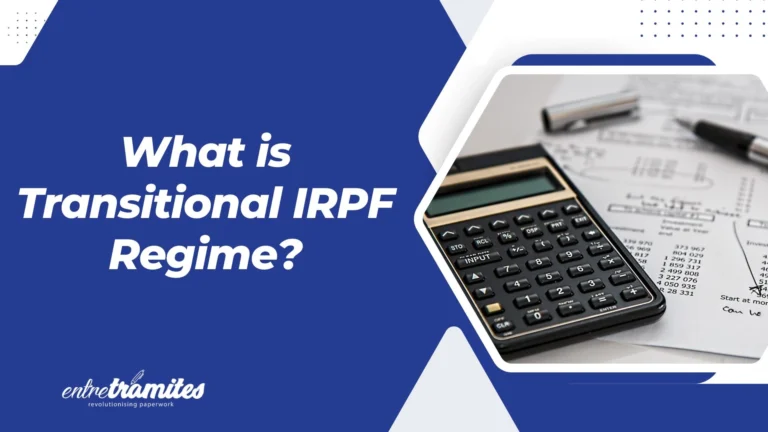If you’re self-employed in Spain, paying self-employed contributions is not optional. It’s the way you fund your Social Security coverage (healthcare, sick leave, maternity/paternity, workplace accidents, and more) and it’s also a compliance requirement under the RETA system (Régimen Especial de Trabajadores Autónomos).
The big shift you need to understand is that contributions are now tied to your net returns (rendimientos netos), with a 15-bracket system (plus a reduced table for lower net returns). You choose a contribution base based on your forecast, and Social Security later regularises your contributions using Tax Agency data.
What self-employed contributions cover in Spain
Your monthly payment isn’t a “tax rate” (as older articles sometimes say). It’s a Social Security contribution that funds specific protections.
In practice, your self-employed contributions can cover:
- Healthcare access via the public system (and related benefits, depending on your situation).
- Temporary incapacity benefits (sick leave) and other Social Security protections.
- Professional contingencies (workplace accidents and occupational diseases), based on your activity’s risk classification.
If you’re self-employed in Spain and you want to avoid surprises, you should treat contributions like a monthly “fixed cost that you actively manage,” not a set-and-forget bill.
How self-employed contributions are calculated
Spain’s current system is based on net returns and uses tables with contribution brackets, each with a minimum and maximum monthly contribution base. You pick a base within the bracket that matches your expected average monthly net returns.
Key point: net returns aren’t just revenue. They’re calculated after deductible business expenses, and then Social Security applies a standard “generic expenses” deduction:
- 7% in general
- 3% for certain groups (e.g., some company directors and similar cases defined in the law)
Quick summary box: how it works
- You estimate your average monthly net returns for the year.
- You choose a contribution base inside the right bracket/table.
- You can adjust your base during the year (up to 6 times).
- Social Security regularises your contributions the following year using Tax Agency information.
Contribution brackets: what’s “updated” right now
The 15-bracket system was introduced by Real Decreto-ley 13/2022
For the transition period, tables were published for 2023–2025.
For 2026, Social Security confirms that the general and reduced tables for self-employed workers remain those planned for 2025, with an update to the maximum base in the upper brackets to align with the overall maximum contribution cap.
A practical way to read the tables
You don’t need to memorise every bracket. What matters is:
- Your estimated net returns place you in a bracket.
- That bracket gives you a minimum and maximum base you can choose.
- Your monthly fee is derived from that base.
If you’re unsure, pick a base that matches your realistic forecast (not your best month), and adjust later.
How and when you can change your contribution base
One of the most useful features for freelancers is flexibility: you can change your contribution base up to six times a year, with changes taking effect on specific dates (March, May, July, September, November, and January of the following year), depending on when you submit the request.
This is especially helpful if your income is seasonal (consultants, creatives, tourism-related services) or if you’re scaling fast.
Real example:
You start the year with a conservative forecast and choose a lower base. Mid-year, you land a long contract and your monthly net returns jump. You can increase your base for the remaining months so your final regularisation is smaller—and your future benefits may be higher.
Flat rate for new freelancers: what to expect
If you’re newly registered, you may qualify for the reduced “flat rate” contribution (commonly known as tarifa plana). The current model sets a reduced monthly contribution for the first 12 months and allows an extension for a second year if your net returns stay below the applicable threshold.
Because eligibility details can depend on your specific history (e.g., previous registrations), it’s worth checking your case before you register.
Don’t forget: the MEI surcharge exists
In addition to the standard contribution components, Spain applies an extra Social Security contribution called the Mecanismo de Equidad Intergeneracional (MEI). For 2026, the MEI rate is 0.90 percentage points.
This doesn’t change your bracket, but it does affect the final amount you pay because it’s applied over your contribution base.
Official sources you should rely on
When you’re validating figures or rules, stick to:
- BOE legislation that created and updates the system (RDL 13/2022 and later updates).
- Seguridad Social / Importass guidance on base changes and procedures.
Frequently Asked Questions
Do I pay self-employed contributions even if I earn very little?
Yes. The system is based on net returns, with reduced and general tables and minimum bases by bracket, and Social Security regularises later.
Can I change my self-employed contributions during the year?
You can’t directly change the “fee,” but you can change your contribution base up to six times a year, which changes what you pay.
What happens if I choose the wrong bracket?
Social Security will regularise your contributions the following year using Tax Agency data. You may need to pay the difference (or get a refund).
Self-employed in Spain doesn’t have to mean guessing what you owe each month. Once you understand how self-employed contributions are calculated, how to adjust your base, and how regularisation works, you can stay compliant and protect your income with far fewer surprises.
If you need personalized assistance, at Entre Trámiteswe offer management and tax advisory services for freelancers and SMEs. You can contact us through this contact form for us to call you, or if you prefer, you canschedule a free consultation or write to us onWhatsApp.





